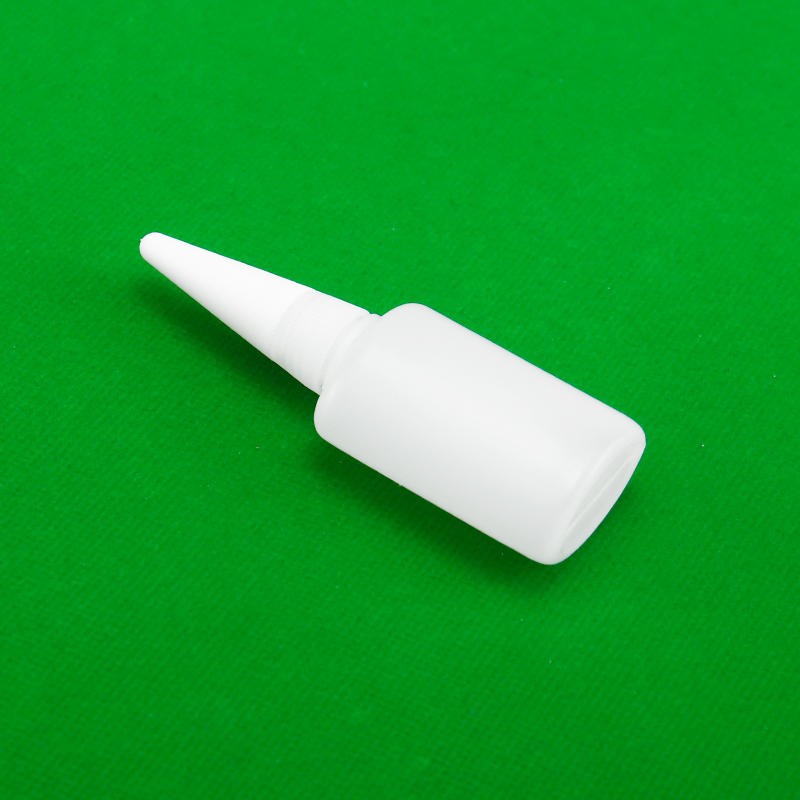

The design of disposable aprons also plays a significant role in their functionality. Adjustable ties and apron lengths ensure a comfortable fit for users of different sizes and shapes. Some aprons have reinforced neck and waist ties for added durability, ensuring they remain secure throughout their use. While standard aprons suffice for many, some industries require aprons with additional features such as flame resistance or the ability to block static electricity. Cost-effectiveness is another attribute that makes disposable aprons appealing. Without the need for washing or maintenance, they reduce overhead costs in commercial settings and provide an economic solution for home users who can simply dispose of them after use. Additionally, the bulk availability of these aprons means that businesses can maintain adequate stock without incurring disproportionate expenses. Environmental considerations, however, are becoming increasingly prominent in consumer choices. Biodegradable disposable aprons are gradually gaining traction among eco-conscious users. These aprons decompose more quickly than their conventional counterparts, reducing the burden on waste management systems. While they may come at a slightly higher initial cost, their environmental benefits make them a worthy investment for many. When selecting a supplier for disposable aprons, attention should be given to their compliance with safety standards and certifications, which are indications of product reliability and quality. Reputable suppliers provide detailed product specifications and testing reports, ensuring informed purchasing decisions. Moreover, user reviews and case studies can offer insights into real-world performance, providing a more comprehensive understanding of the product’s suitability for specific needs. In conclusion, disposable aprons are more than just a convenience—they are a critical component of safety and cleanliness across a multitude of environments. Their integration into everyday life underscores the importance of quality and reliability, affirming their role in promoting hygiene and efficiency. Whether in a bustling kitchen, a clinical setting, or a home environment, the right disposable apron can make all the difference. As the demand for these versatile products continues to grow, staying informed about material options, design features, and environmental impact can guide users towards making responsible, effective choices.



